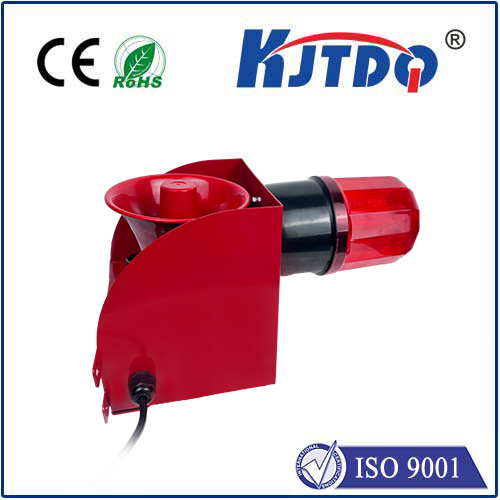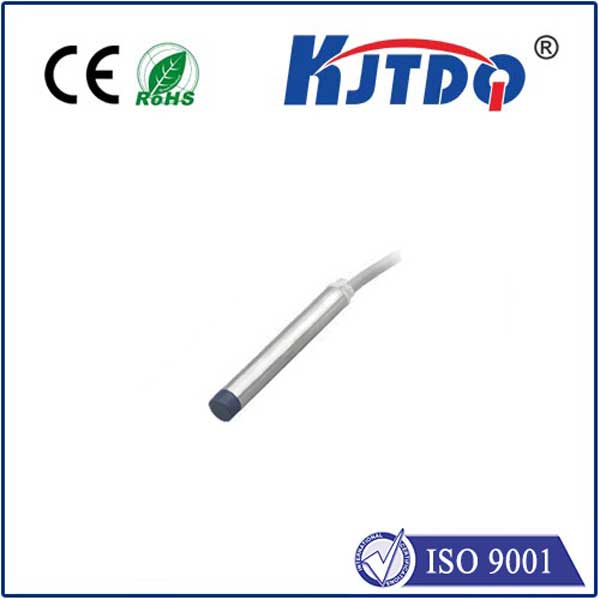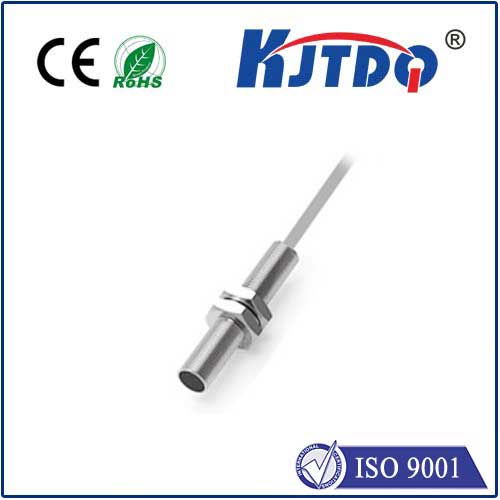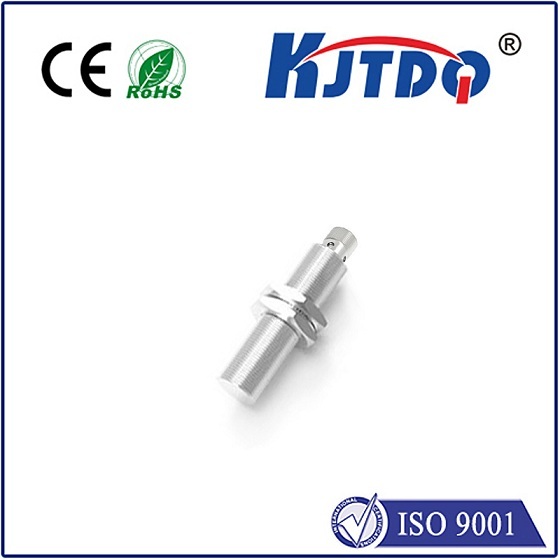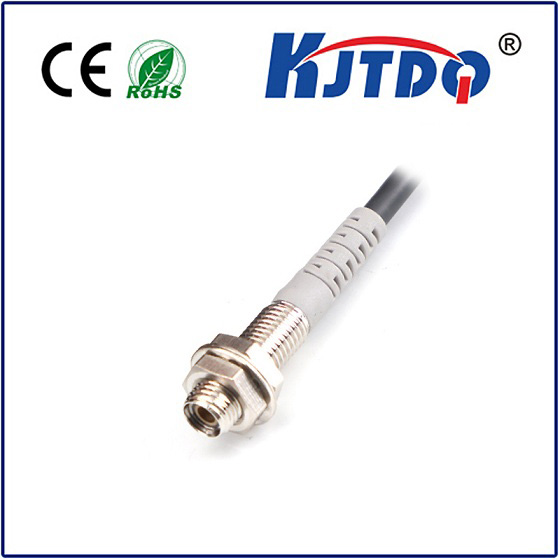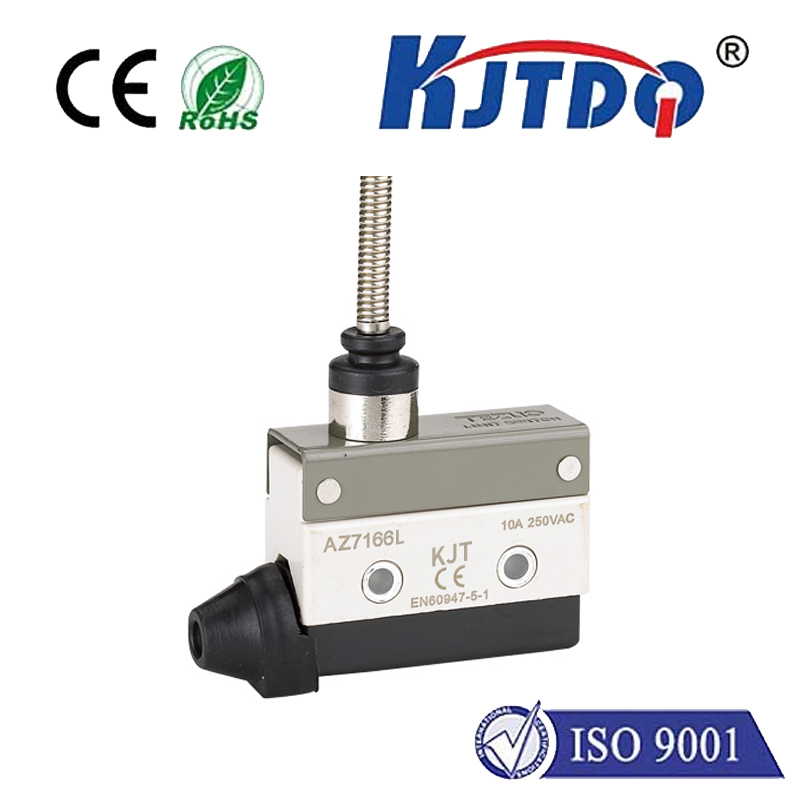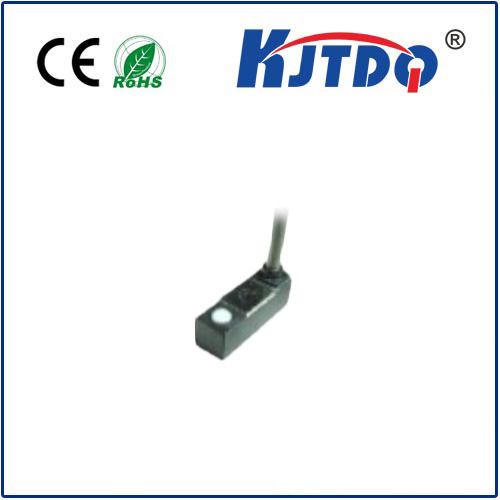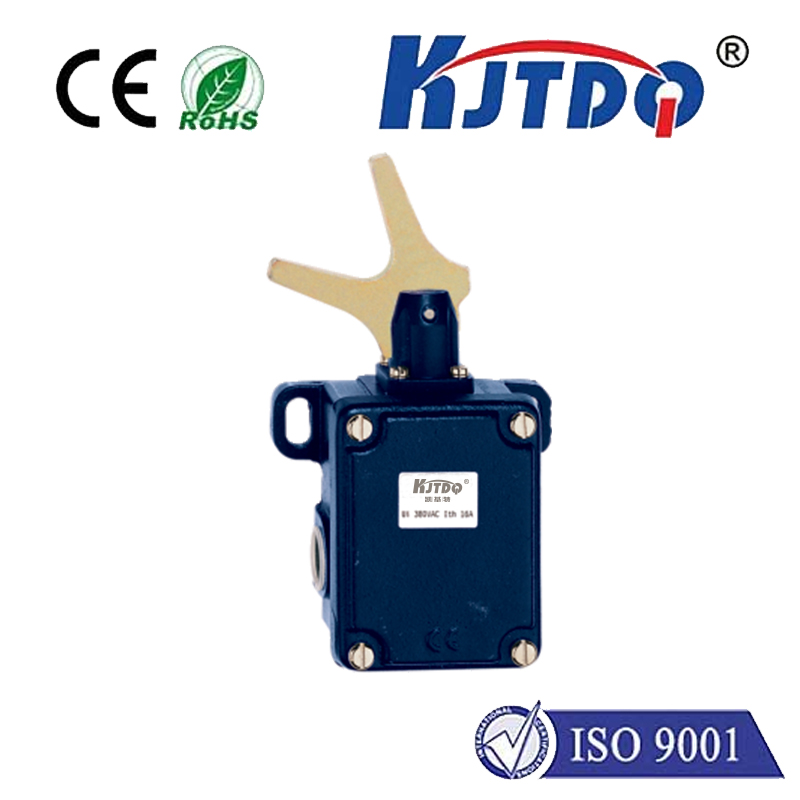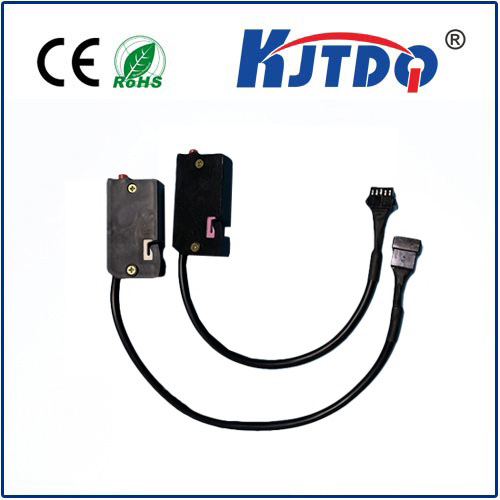
check

check

check

check
Laser Water Level Indicator: The Ultimate Guide to Precision Monitoring Did you know that 35% of industrial water waste stems from inaccurate level monitoring? In an era where resource management and automation are critical, laser water level indicators have emerged as a game-changer for industries, municipalities, and environmental agencies. Combining cutting-edge laser technology with user-friendly interfaces, these devices offer unparalleled accuracy in measuring liquid levels—whether in reservoirs, tanks, or flood-prone areas. This article dives deep into how laser water level indicators work, their advantages over traditional methods, and why they’re becoming indispensable in modern water management systems.
At their core, laser water level indicators use time-of-flight (ToF) or phase-shift measurement principles to determine liquid levels. A laser beam is directed toward the water’s surface, and the device calculates the distance by measuring the time it takes for the light to reflect back. Unlike ultrasonic or float-based sensors, lasers are unaffected by temperature fluctuations, vapor, or surface disturbances, ensuring reliable data even in challenging environments. Key components include:

From flood prevention to smart agriculture, these devices are transforming multiple sectors:
While some assume laser systems are prohibitively expensive, their long-term ROI often outweighs upfront costs. Reduced maintenance, higher accuracy, and fewer system failures translate to significant savings. Additionally, advancements in solid-state lasers have made these devices more affordable for small-scale users, including farmers and HVAC operators.
Emerging innovations are pushing boundaries further. For instance, machine learning algorithms now analyze laser data to predict water usage patterns or detect leaks autonomously. Pairing laser indicators with drones is another frontier—enabling rapid surveys of hard-to-reach water bodies. As climate change intensifies water scarcity challenges, laser water level indicators will play a pivotal role in building resilient, data-driven resource management systems. Whether you’re safeguarding a municipal water supply or optimizing industrial processes, this technology offers a future-proof solution.
